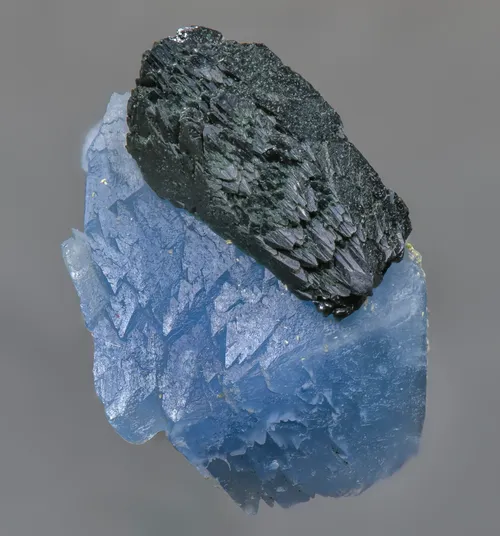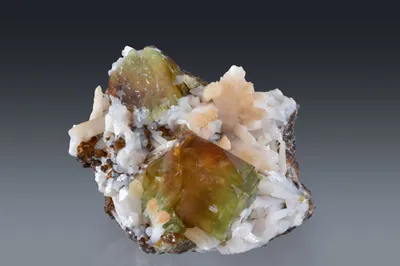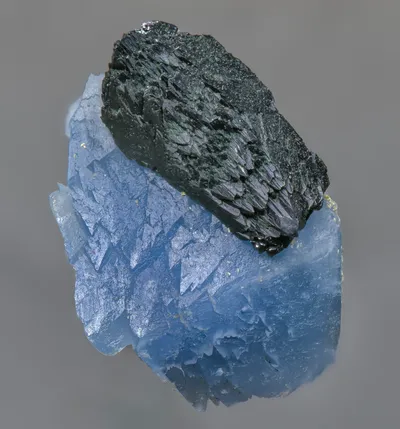
Image Credit: John Schneider
Mineral Species
Wilhelmkleinite
Type Locality
Yes
Composition
ZnFe3+2(AsO4)2(OH)2
Crystal System
Monoclinic
Status at Tsumeb
Confirmed (type locality)
Abundance
Extremely rare
Distribution
Second (?) and third oxidation zones
Paragenesis
Supergene
Entry Number
Species; TSNB370
Type Mineralogy
Wilhelmkleinite, IMA1997-034, was discovered on material from 44 Level, in the third oxidation zone. American mineral dealer Charles L. Key and German collector Georg Gebhard are credited with the discovery (Gebhard 1999). The mineral was described by Schlüter et al. (1998) who named it for Wilhelm Klein, a senior mine manager at Tsumeb between 1916 and 1939. Type material is conserved at the Mineralogisches Museum, Universität Hamburg, (catalogue number MMHH TS 291).
General Notes
On the type specimen wilhelmkleinite occurs as blackish-green spear-head shaped crystals, to 5 mm, with prominent interpenetration twinning on (101); associated minerals are adamite, gerdtremmelite and scorodite.
A specimen in the Pinch Collection at Harvard University (MGMH 2020.7.757) exhibits a completely different paragenesis in which wilhelmkleinite is associated with radial aggregates of acicular parasymplesite crystals (to 3 mm) and botryoidal aggregates of a yellow tsumcorite group mineral. This specimen was originally labelled as an "unknown" in the collection of John Innes, chief mineralogist at Tsumeb in the early 1980s and Pinch believed that its vintage raises a question as to whether this specimen may have originated from the second oxidation zone (Bill Pinch pers. comm. to M. Southwood, February 2015). The wilhelmkleinite has been verified by single crystal XRD and EMPA with the data and image available on the RRUFF database (https://rruff.info/wilhelmkleinite/display=default/; accessed February 2023).
Associated Minerals
adamite; gerdtremmelite; parasymplesite; scorodite


